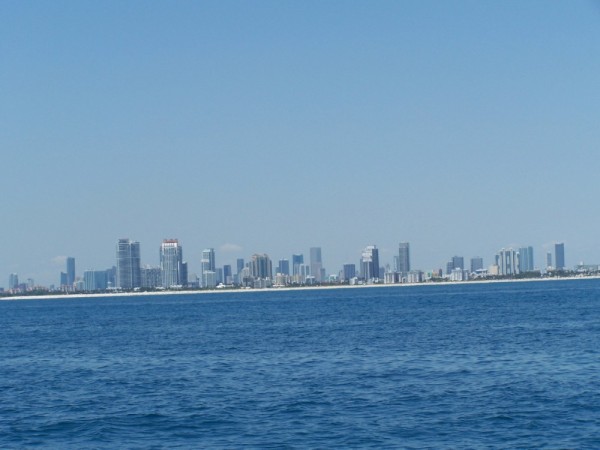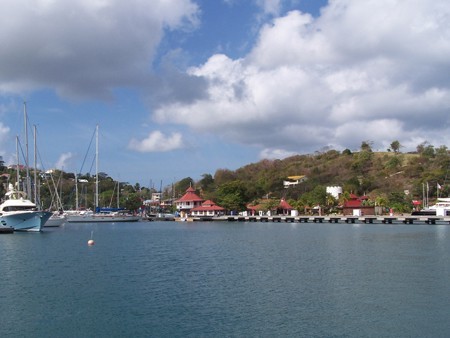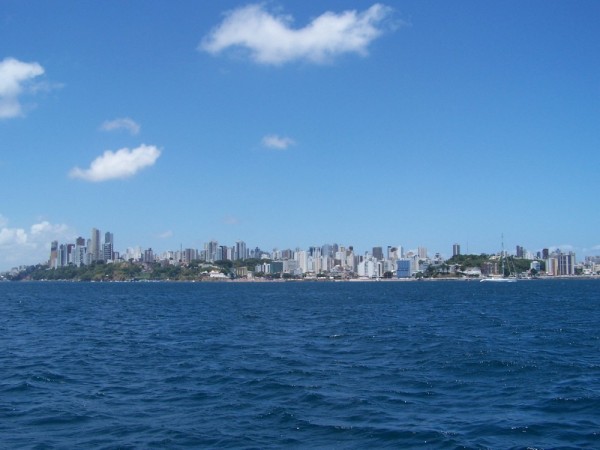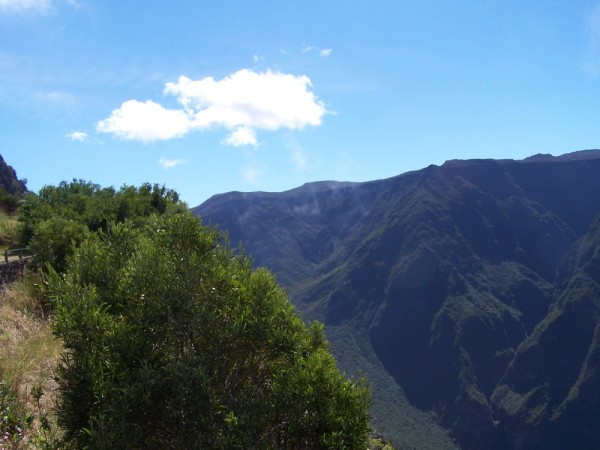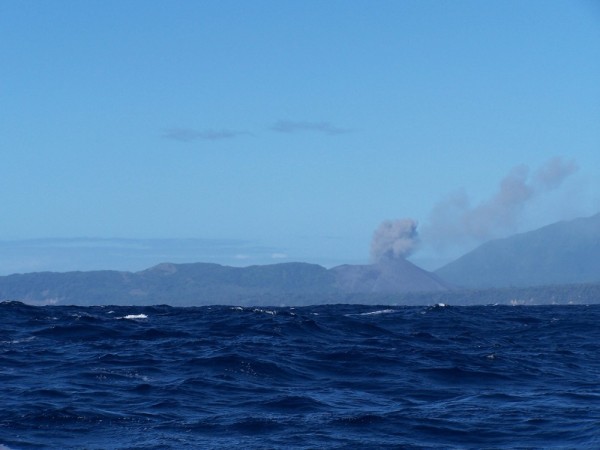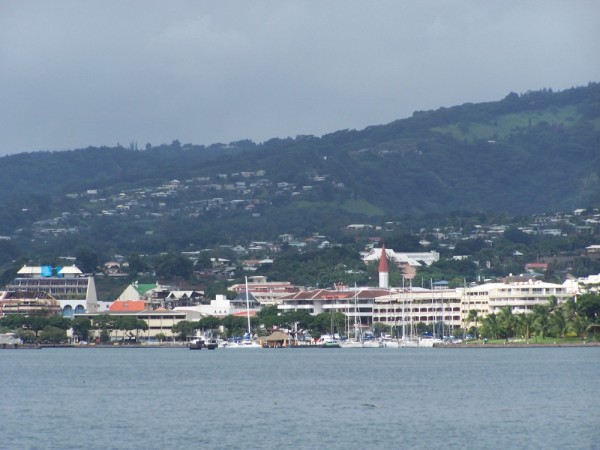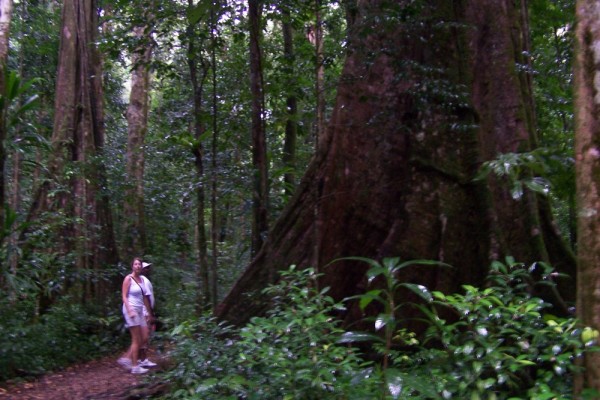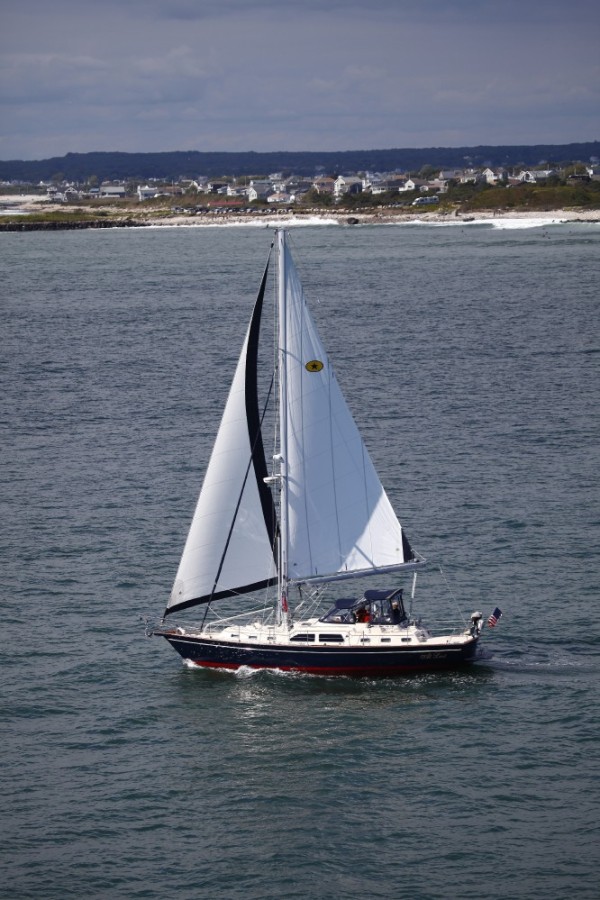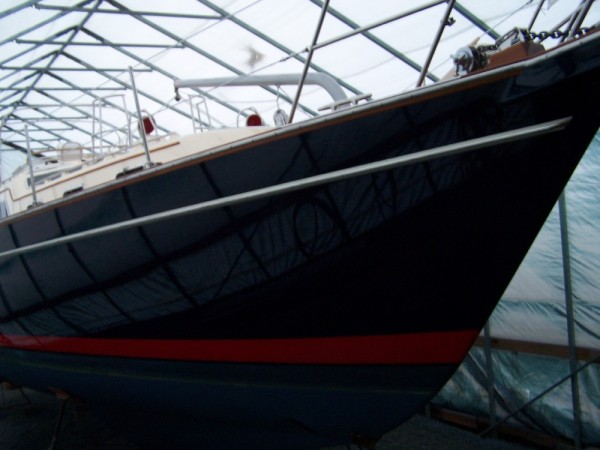
Sailing At Last
This is the tale of our journey to fulfill a passion of learning to sail and a dream to circumnavigate. Welcome Aboard At Last!
Profile of At Last and the Gorrell's

Who: Mark & Janet Gorrell
Port: Wickford, RI USA
Our Current Position
Postings
Favorite Links
- USA
- Celebration of Circumnavigation
- Grenada and the Grenadines
- Grenada
- St Helena
- Brazil
- South Africa
- Reunion
- Mauritius
- Cocos Keeling
- Bali
- Australia
- Vanuatu
- Fiji
- Tonga
- Cook Islands
- Society Islands
- Tuamotu Islands
- Marquesas
- Galapagos
- Panama
- The Caribbean 1500
- The Windward Islands
- The Leeward Islands
- The BVI
- The Start of Our Journey
- About The Preparations
- About The Itinerary
- About The Gorrell's
- About At Last
- Show All Posts
19 December 2013 | Westerly, RI
17 July 2013 | Mystic Shipyard, Mystic, CT
14 June 2013 | Summit North Marina, Bear, Delaware
04 June 2013 | Point Lookout Marina, Ridge, Maryland
21 May 2013 | Dunedin Municipal Marina, Dunedin, Florida
05 May 2013 | Bahia Mar Yachting Center, Fort Lauderdale, Florida
27 April 2013 | 22 56.8'N:073 02.0'W, Nearing the Exumas & Bahamas
23 April 2013 | 18 25'N:064 50'W, The BVI
13 April 2013 | Rodney Bay, St. Lucia
08 April 2013 | Admiralty Bay, Port Elizabeth, Bequia
04 April 2013 | Tobago Cays and Mustique, Grenadines
29 March 2013 | Port Louis Marina, St. George, Grenada
15 March 2013 | Port Louis Marina, St. George, Grenada
06 March 2013 | Between Salvador, Brazil and St. George, Grenada
05 March 2013 | Port Louis Marina, St. George's Harbor, Grenada
17 February 2013 | Terminal Nautico, Salvador, Brazil
04 February 2013 | 153 miles from Salvador Brazil, Atlantic Ocean
30 January 2013 | Island of St. Helena, Atlantic Ocean
29 January 2013 | 14 36.9'S:22 37.3'W, On the way to Brazil
20 January 2013 | 15 55.55'S:005 43.58'W, Jamestown, St. Helena
Paradise Found - Again!
02 October 2012 | The Atoll of Cocos Keeling, Australia
Janet

When arriving to the atoll of Cocos Keeling after a rather spunky week long sail from Bali, each of us were immediately struck by the beauty of the small islands, the white sand and blue, clear waters. We were rushed back to the joys of the sparsely inhabited islands that we visited in the Pacific Ocean and began to wonder why we were so anxious to leave them for the more industrialized areas of Bali and Australia.
The first order of business when we arrived was to go ashore to check in with customs. Cocos Keeling is territory of Australia and thus the customs process is quite intensive. Luckily, the World Arc had made arrangements to have the police and customs officials meet with us at our anchorage on Direction Island. The island is uninhabited but some of the police and customs officials pitched a large tent and stayed on the island while we were there. The diligence of the customs process was particularly noticeable due to the large influx of refugee boats arriving from Sri Lanka on a weekly basis to Cocos Keeling. These refugees board boats to head specifically to Cocos in search of asylum in Australia. While we were there in Cocos Keeling, two boats had arrived; one with 74 people on board and one with 6 people. For an atoll which has approximately 750 people living there, this influx of refugees is a significant event for the community. What we were told about the processing of these refugees, the housing of them on the atoll until they were processed and the final disposition on their search for asylum was fascinating. Australia clearly struggles with several of their small island territories in the Indian Ocean receiving refugee boats on a daily basis. Christmas Island (another Australian territory) has boats arriving daily from areas in the Middle East such as Iran and Afghanistan. Once processed, the refugees are either granted asylum in Australia or flown back to their homeland. While we were in Cocos, we saw off in the distance one of the refugee boats being burned which is often done to dispose of the boats.
While ashore our first day, we learned that the boat Ciao who joined the World Arc in Bali sunk just outside of Cocos Keeling. They hit something at night and started taking on water and eventually had to abandon ship. There were several boats who aided Ciao, enabling them to safely board another boat. It was a harsh reminder of how difficult and sometimes dangerous this trip is for all of us. The crew of Ciao boarded another World Arc boat and joined us for the trip to Mauritius. Here is the link to the article about the incident on the World ARC website:
http://www.worldcruising.com/WORLDARC2012/newsarticle.aspx?page=S634841684422574687&ArchiveID=1&CategoryID=123&ItemID=220927&src=
The second order of business was to go back to the boat and jump into the crystal clear water. We were in about 25 feet of water and had a clear view of the bottom. We were quite grateful for this visibility when we lost a beach towel several days later. It had been drying overnight and we saw it the next morning sitting at the bottom quite near the boat. We had some beautiful bommies (coral reefs) right behind our boat and the snorkeling was quite good right from the boat.
We went swimming almost every day while in Cocos. There was an area called the Rip where you got into the water and the current would take you over a beautiful coral reef which had reef sharks, large fish and interesting coral. We did this drift dive several times and weren't disappointed in what we saw. Mark and I saw a fish that had to be about five feet long. Kathryn (s/v Brizo) and I saw a Maori Wrasse that was also quite large. We also got caught in a school of about four hundred small fish which circled us continually for about ten minutes and then the school broke up when a reef shark approached. We also saw a group of sharks which were sleeping under the coral. You could see much of them from the surface and several would wake up and swim around for you. They had to be three or four feet long and about 15 feet below us. A bit scary indeed but well worth the view. We also snorkeled a sunken ship which had coral growing all around and through it. We all thoroughly enjoyed being in the water again and doing so much snorkeling!

While in Cocos, we got a tour of West Island. We took the ferry over from Direction Island which took about 25 minutes. West Island has about 250 people living on it. There is an airport on the island and the main road runs directly parallel to the runway. The white sand beaches around West Island were breathtaking. We also visited a clam farm which harvested clams and sold them to people with aquariums throughout the world. This is the only agricultural operation on the island. We also visited the art gallery and studio of a local artist, Emma Washer, called The Big Barge Art Centre. Her gallery is a restored ferry boat and she collects flip flops which wash ashore and uses them to create works of art.

We also visited another island in Cocos before we left called Home Island. The population of Home Island is about 450 people and is primarily a Muslim community. We went to the grocery store there and picked up some items that we had to pre order - mostly fresh fruits and vegetables. The items were quite expensive (think Australia prices with the added cost of shipping everything to a remote island in the Indian Ocean). We did purchase a bit though because the next passage is the second longest passage of the circumnavigation.
Most of our time in Cocos was spent relaxing and visiting with the fleet. We have been having a few problems with the generator (the engine we use to charge the batteries) on the boat and it stopped working again on the passage from Bali. We did have work done on the generator in each of our stops in Australia but the most extensive and successful work we had done was in Bali. We had to replace the water pump and we had several water leaks in the exhaust line. The water leak in the exhaust line caused sea water to spray onto the alternator which then had to be removed and recoiled. It took the men in Bali an entire day to take the generator apart and remove the alternator. The generator overheated twice on the way to Cocos so again we stopped using it. Mark worked on it and it is now working again. We hope to do some more extensive work on the generator when we reach South Africa. Right now on our list of work to do there is - fix the generator, service the heads (toilets), have the boat fumigated (small problem with tiny ants) and countless minor things. I will spare you the complete view of Mark's spreadsheet with the items. All in all, we have been struggling most with the generator which is not uncommon on this type of trip. Most boats before leaving on this trip are not running their generator on a daily basis and in rough conditions. Thus, many generators seem to fail at some point on the trip.
We are leaving Cocos after much fun in the sun. We will have our second longest passage of the trip to Mauritius which is about 2,350 nautical miles. We estimate it should take us about fifteen days, we are all hoping it will be less.
The first order of business when we arrived was to go ashore to check in with customs. Cocos Keeling is territory of Australia and thus the customs process is quite intensive. Luckily, the World Arc had made arrangements to have the police and customs officials meet with us at our anchorage on Direction Island. The island is uninhabited but some of the police and customs officials pitched a large tent and stayed on the island while we were there. The diligence of the customs process was particularly noticeable due to the large influx of refugee boats arriving from Sri Lanka on a weekly basis to Cocos Keeling. These refugees board boats to head specifically to Cocos in search of asylum in Australia. While we were there in Cocos Keeling, two boats had arrived; one with 74 people on board and one with 6 people. For an atoll which has approximately 750 people living there, this influx of refugees is a significant event for the community. What we were told about the processing of these refugees, the housing of them on the atoll until they were processed and the final disposition on their search for asylum was fascinating. Australia clearly struggles with several of their small island territories in the Indian Ocean receiving refugee boats on a daily basis. Christmas Island (another Australian territory) has boats arriving daily from areas in the Middle East such as Iran and Afghanistan. Once processed, the refugees are either granted asylum in Australia or flown back to their homeland. While we were in Cocos, we saw off in the distance one of the refugee boats being burned which is often done to dispose of the boats.
While ashore our first day, we learned that the boat Ciao who joined the World Arc in Bali sunk just outside of Cocos Keeling. They hit something at night and started taking on water and eventually had to abandon ship. There were several boats who aided Ciao, enabling them to safely board another boat. It was a harsh reminder of how difficult and sometimes dangerous this trip is for all of us. The crew of Ciao boarded another World Arc boat and joined us for the trip to Mauritius. Here is the link to the article about the incident on the World ARC website:
http://www.worldcruising.com/WORLDARC2012/newsarticle.aspx?page=S634841684422574687&ArchiveID=1&CategoryID=123&ItemID=220927&src=
The second order of business was to go back to the boat and jump into the crystal clear water. We were in about 25 feet of water and had a clear view of the bottom. We were quite grateful for this visibility when we lost a beach towel several days later. It had been drying overnight and we saw it the next morning sitting at the bottom quite near the boat. We had some beautiful bommies (coral reefs) right behind our boat and the snorkeling was quite good right from the boat.
We went swimming almost every day while in Cocos. There was an area called the Rip where you got into the water and the current would take you over a beautiful coral reef which had reef sharks, large fish and interesting coral. We did this drift dive several times and weren't disappointed in what we saw. Mark and I saw a fish that had to be about five feet long. Kathryn (s/v Brizo) and I saw a Maori Wrasse that was also quite large. We also got caught in a school of about four hundred small fish which circled us continually for about ten minutes and then the school broke up when a reef shark approached. We also saw a group of sharks which were sleeping under the coral. You could see much of them from the surface and several would wake up and swim around for you. They had to be three or four feet long and about 15 feet below us. A bit scary indeed but well worth the view. We also snorkeled a sunken ship which had coral growing all around and through it. We all thoroughly enjoyed being in the water again and doing so much snorkeling!

While in Cocos, we got a tour of West Island. We took the ferry over from Direction Island which took about 25 minutes. West Island has about 250 people living on it. There is an airport on the island and the main road runs directly parallel to the runway. The white sand beaches around West Island were breathtaking. We also visited a clam farm which harvested clams and sold them to people with aquariums throughout the world. This is the only agricultural operation on the island. We also visited the art gallery and studio of a local artist, Emma Washer, called The Big Barge Art Centre. Her gallery is a restored ferry boat and she collects flip flops which wash ashore and uses them to create works of art.

We also visited another island in Cocos before we left called Home Island. The population of Home Island is about 450 people and is primarily a Muslim community. We went to the grocery store there and picked up some items that we had to pre order - mostly fresh fruits and vegetables. The items were quite expensive (think Australia prices with the added cost of shipping everything to a remote island in the Indian Ocean). We did purchase a bit though because the next passage is the second longest passage of the circumnavigation.
Most of our time in Cocos was spent relaxing and visiting with the fleet. We have been having a few problems with the generator (the engine we use to charge the batteries) on the boat and it stopped working again on the passage from Bali. We did have work done on the generator in each of our stops in Australia but the most extensive and successful work we had done was in Bali. We had to replace the water pump and we had several water leaks in the exhaust line. The water leak in the exhaust line caused sea water to spray onto the alternator which then had to be removed and recoiled. It took the men in Bali an entire day to take the generator apart and remove the alternator. The generator overheated twice on the way to Cocos so again we stopped using it. Mark worked on it and it is now working again. We hope to do some more extensive work on the generator when we reach South Africa. Right now on our list of work to do there is - fix the generator, service the heads (toilets), have the boat fumigated (small problem with tiny ants) and countless minor things. I will spare you the complete view of Mark's spreadsheet with the items. All in all, we have been struggling most with the generator which is not uncommon on this type of trip. Most boats before leaving on this trip are not running their generator on a daily basis and in rough conditions. Thus, many generators seem to fail at some point on the trip.
We are leaving Cocos after much fun in the sun. We will have our second longest passage of the trip to Mauritius which is about 2,350 nautical miles. We estimate it should take us about fifteen days, we are all hoping it will be less.
Comments
| Vessel Name: | At Last |
| Vessel Make/Model: | Island Packet 465-02 |
| Hailing Port: | Wickford, RI USA |
| Crew: | Mark & Janet Gorrell |
| About: | |
| Extra: | |
| Home Page: | http://sailingatlast.com |
At Last's Photos - Main
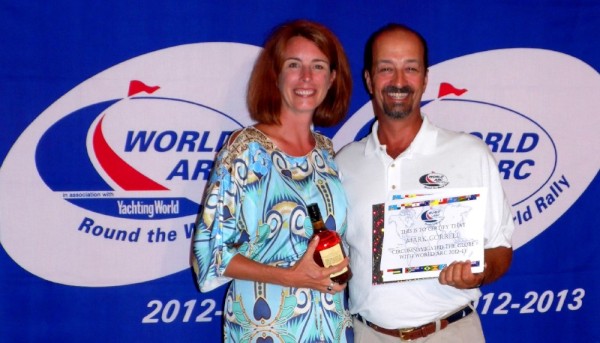 |
Our time in Marigot Bay, Rodney Bay and other photo albums commemorating our trip
1 Photo | 4 Sub-Albums
Created 19 April 2013
|
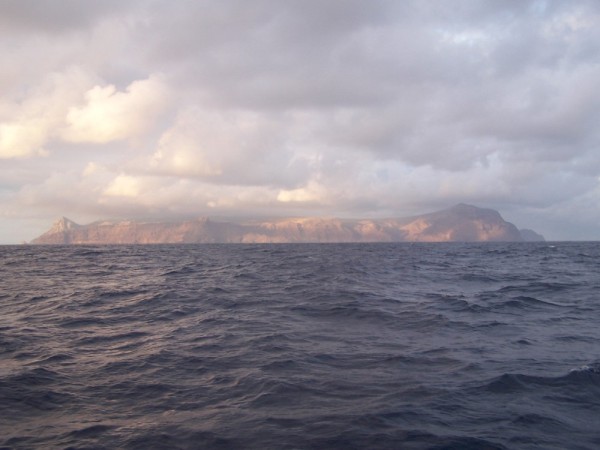 |
Photos of this unique and friendly island in the middle of the Atlantic Ocean
18 Photos
Created 16 February 2013
|
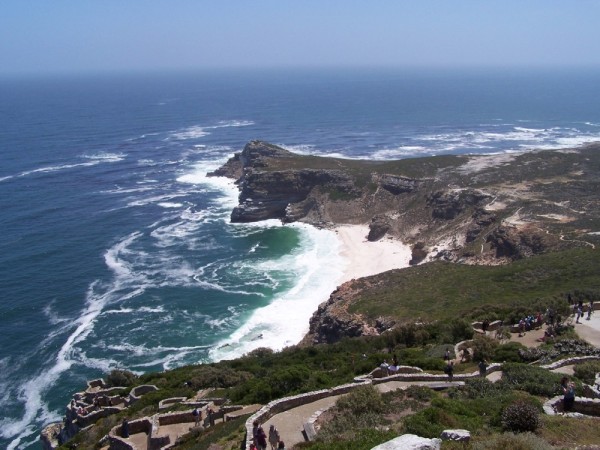 |
The pictures from our stops in Richard's Bay, Durban, St. Francis and Cape Town.
1 Photo | 4 Sub-Albums
Created 14 December 2012
|
 |
This gallery include the passage from the Galapagos and photos from Hiva-Oa, Oa-Pou and Nuku Hiva
1 Photo | 3 Sub-Albums
Created 11 April 2012
|
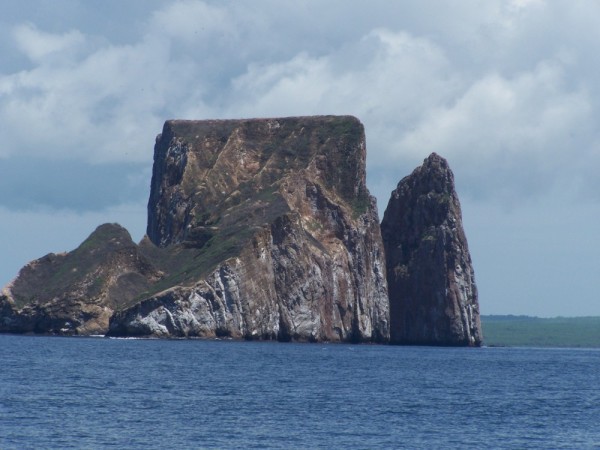 |
These are pictures of the passage to the Galapagos and our experience on the islands of San Cristobal, Isabella and Santa Cruz
2 Photos | 4 Sub-Albums
Created 2 March 2012
|
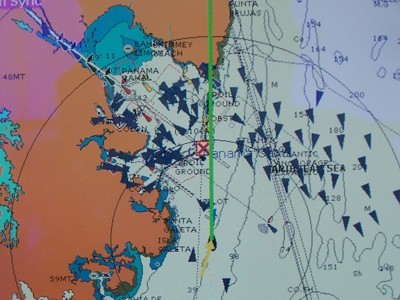 |
Here are photos of the passage to Panama, the San Blas Islands, the transit through the canal and events yet to come.
11 Photos | 6 Sub-Albums
Created 22 January 2012
|
 |
A compendium of pix of our various excursions around St Lucia
5 Photos | 2 Sub-Albums
Created 6 January 2012
|
 |
Photos of Terre-De-Haut, an island part of Les Saintes southeast of Guadeloupe.
13 Photos
Created 18 December 2011
|
 |
Here are more photos of English Harbour taken form At Last as we left Antigua for Guadeloupe
10 Photos
Created 16 December 2011
|
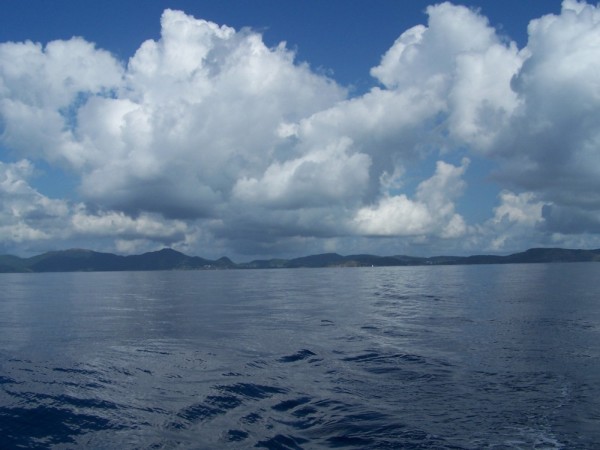 |
These are the pictures of our passage from Antigua through our stay on Guadeloupe
28 Photos
Created 16 December 2011
|
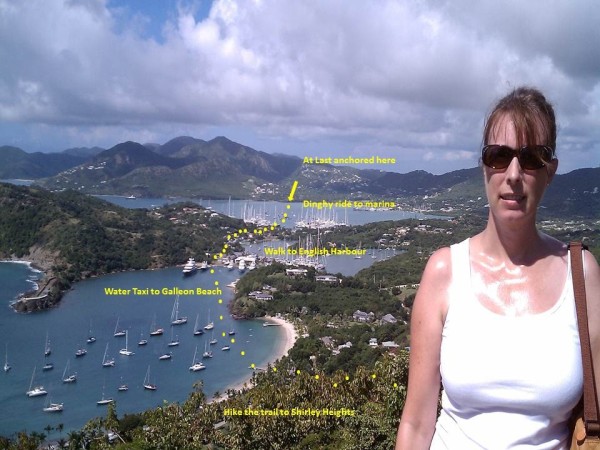 |
These are photos of Admiral Nelson's Dockyard and our trek to the top of Shirley Heights overlooking English Harbor
42 Photos
Created 13 December 2011
|
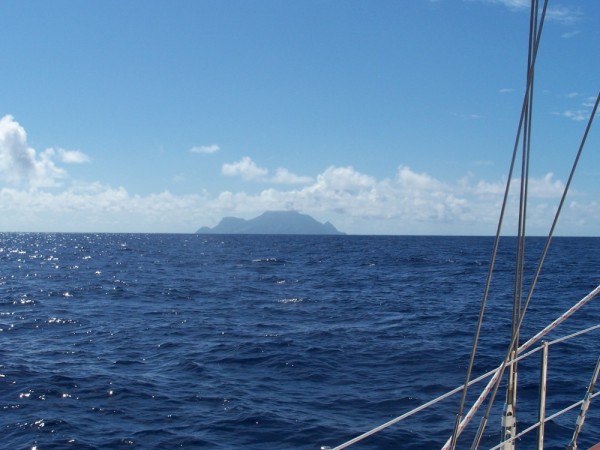 |
These are pix of Saba, Statia and St Kitts as we passed by them to sail to Nevis
18 Photos
Created 11 December 2011
|
 |
Pictures of his homes and yacht on the island as we passed headed for Anguilla
11 Photos
Created 5 December 2011
|
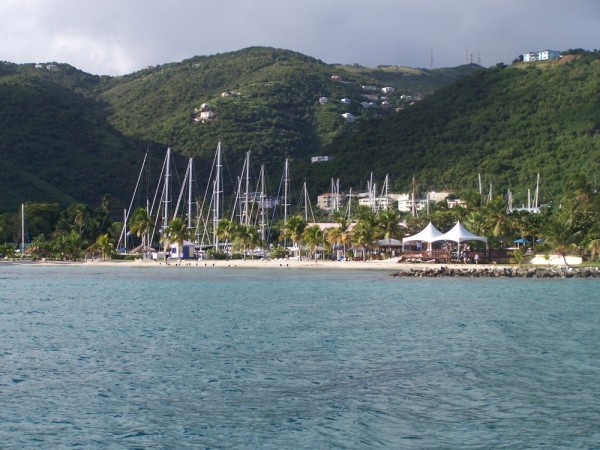 |
Some of the photos of the passage that hit the cutting room floor
27 Photos
Created 22 November 2011
|
 |
These are pictures of some of the results of the recent outfitting for the trip
8 Photos
Created 19 October 2011
|
 |
At last is delivered, commissioned and has its maiden voyage just in time to be in the 2007 Newport Boat Show
6 Photos
Created 1 October 2011
|
Profile of At Last and the Gorrell's

Who: Mark & Janet Gorrell
Port: Wickford, RI USA
Our Current Position
Postings
Favorite Links
- USA
- Celebration of Circumnavigation
- Grenada and the Grenadines
- Grenada
- St Helena
- Brazil
- South Africa
- Reunion
- Mauritius
- Cocos Keeling
- Bali
- Australia
- Vanuatu
- Fiji
- Tonga
- Cook Islands
- Society Islands
- Tuamotu Islands
- Marquesas
- Galapagos
- Panama
- The Caribbean 1500
- The Windward Islands
- The Leeward Islands
- The BVI
- The Start of Our Journey
- About The Preparations
- About The Itinerary
- About The Gorrell's
- About At Last
- Show All Posts







